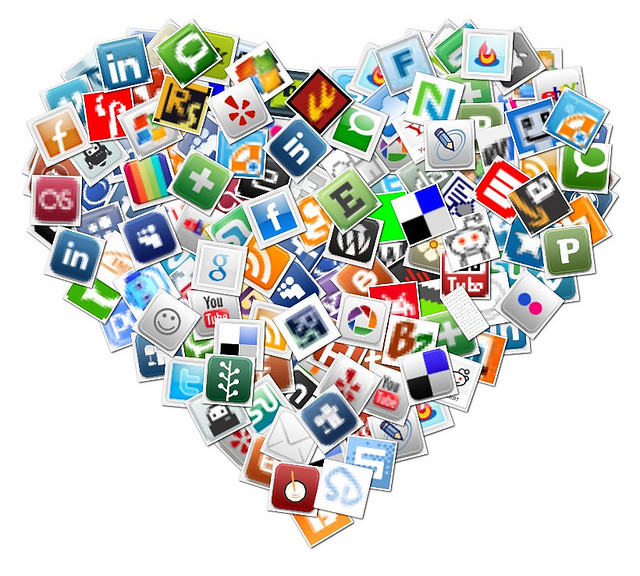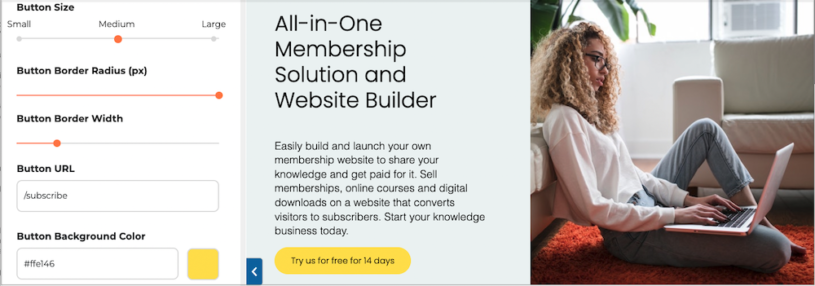Social media is the single most expansive platform used by individuals to connect, be that sharing videos of hamsters eating burritos or, more pertinently, building their businesses.
Facebook has more than 1.15 billion users; almost a sixth of the total world’s population. Google+ boasts of a billion users while Twitter comes in at number three with 550 million users. They’re not all potential customers but within those billions, some will be.
Social media has always been seen as an essential, and free, way of getting yourself seen by as many people as possible; but the landscape is changing. There are moves, especially from Facebook and Twitter, towards monetisation from businesses, meaning that it’s more difficult to get yourself heard over the chatter than ever; without spending cash that is.
Whether you spend or not, social media is no less important, and there are some things to consider when planning your strategy. Let’s look at the big three:-
Google+
Google+ first? Well, yes. Although somewhat derided at launch - its initial slow take-up, and low engagement the cause for some amusement - times have changed. In fact, some projections estimate it will be bigger than Facebook in just a couple of years. Aside from increasing numbers, why, and how, should you use it?
-
Google Hangouts: One of the most powerful tools in the Google arsenal, hangouts on air are essentially live webinars which can be broadcast to all, for free. Imagine this scenario: run a competition for your members, the winners of which get to be involved in a live Q&A with yourself. Promote the hangout on your site and all other social media channels. Your other members can watch the event live and the video is automatically uploaded to YouTube afterwards for you to share or embed onto your site. That’s three bits of engagement in one and a quality piece of content to showcase to potential customers. Why not make it a monthly event?
-
Targeted networking: With Google circles you can choose what content to share with which people. Create a members circle, an influencers circle, a friends circle, all with the same account and target your posts to each group accordingly.
-
Visualise: Google+ automatically creates a thumbnail for each post. You can change this image. Bigger, bolder pics (or videos) add impact and are much more likely to pique interest. And unlike FB or Twitter, Google doesn’t crop your images. Take advantage.
-
#hashtags - Yep, Google+ uses hashtags too, and using the Explore functionality allows you to navigate G+ easily, but also adds your voice to the ongoing conversation.
-
+Post Ads: Whilst Facebook and Twitter can make your post more visible within the platform, +Post ads fire your post across the internet meaning your promoted post will show up outside Google+. Still in beta at time of writing so keep your eyes peeled for developments.
-
Authorship: Ever seen those faces pop up in Google’s search results? That happens because of Google+. By linking your G+ profile with your website, Google can identify you as the author of your content. Authorship is in a state of flux and the wider SEO benefits are keenly debated but having your image alongside your link increases click throughs from SERPs (Search Engine Results Pages).

All the conversation around Facebook promotion over the last few months has been about the death of organic reach (i.e. getting posts seen you don’t pay for), with many claiming the halcyon days of free, effective advertising are over. There’s no doubt that if you’re promoting a product or service and you want to get word out there, it can pay to, well, pay. Boosting posts is relatively cheap and is now the best way to reach a wider audience.
But it’s not necessarily as simple as throwing money at it. If you look at the Buzzfeeds of the world, their organic reach is still huge. The reason? Interesting, quirky, and shareable content.
Member Story:
‘We use Twitter, Facebook, LinkedIn mostly, but we are trying Google+. I have accounts for Kate Faulkner and our consumer facing site, Propertychecklists. I use them daily and they are really useful to keep up with the latest news in housing. It’s also helped me be seen as an industry commentator which is great, but it does take up a lot of time. What helps tremendously is, firstly, a very good content strategy which means we write daily and then reach out to people rather than just ‘staying on our site.’ - Kate Faulkner, Property Checklists
There’s a wider argument here (how much of your content do you want to share for free if you’re a membership website?) but there’s no doubt that creating shareable content can increase your Facebook following exponentially, raising awareness of your service and, hopefully, swelling your membership numbers.
Facebook is a mile away from the business-orientated world of, say, LinkedIn, so don’t shy away from sharing personal stories, encouraging people to get involved in conversation or promoting events. The tone should be friendly; aim to create a community spirit on your page and reply to comments from people. In terms of presentation, make sure all your posts are accompanied by pictures, Facebook is such a visual media, providing something shiny for people to look at is imperative. Heck, try four photos per post.
There are a number of reasons to adopt Twitter but gaining new customers isn’t necessarily one of them. Having a presence is undoubtedly important, but it’s much trickier to convert follows to business than other platforms. But that doesn’t mean it should be ignored.
There is a general rule that your posts should be 80% other people’s stuff (retweets etc) and 20% your own. If you spend all your time promoting yourself, people will switch off. Twitter’s all about, being visible; keeping yourself in people’s minds. Consider these points.
-
Maintain both a business account and a personal one: Don’t be afraid to retweet yourself.
-
Tweet regularly: once a week is not enough. Aim for 5-6 tweets a day.
-
Find people in your area of expertise: Create a private list of 100 or so key people, follow and share their articles or posts.
-
Don’t just retweet: if you can get involved in conversation with some key influencers in your chosen field, you’re increasing your visibility. Get on their radar.
-
Twitter is a much more visual medium than ever. Accompany your tweets with a relevant pic.
Let’s not ignore the elephant in the room either, money. If you have set aside a budget for advertising, promoted posts can give you a huge boost and Twitter’s Targeted Audience push means your promotional material is aimed at the right kind of people.
Member Story:
‘I use Twitter all the time. It's invaluable and brings in lots of visitors. I'm not a great Facebook user but I go through the motions of posting info about new articles I've added to the site and this does bring in some visitors. I do the same with Pinterest. I really should do more with Facebook but I think I would soon be spending more time on social media than on Inside Beer itself. ‘- Jeff Evans, Inside Beer.
Keep up
Okay, so they’re the three big boys; but they’re by no means the be all and end all (not even close.) If you’re involved in the arts, or a visual business, give serious consideration to Pinterest, Instagram or Tumblr. Is your area of expertise business? Utilise LinkedIn to connect with people; join communities, promote your work.
Whatever you decide for your social media plan of attack, you need to keep it up. But without a dedicated social media manager, how can you do it? Hootsuite is the answer.
Keeping all your social media accounts in one hub allows you to manage your accounts; scheduling posts for the future rather than spending all your time posting tweets. Automate 5-6 tweets a day, 1-2 Facebook posts and the same for Google+ (you don’t want to over-saturate.)
Use this regular, automated posting as the base of your social media strategy, whilst keeping an eye on conversations from key influencers, and watch your networks grow. Offering continued engagement across multiple channels will raise your profile and keep your business in the forefront of people’s minds. The more people that know about you, the better.




